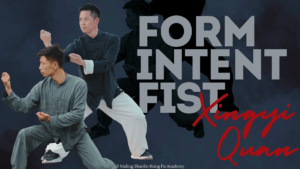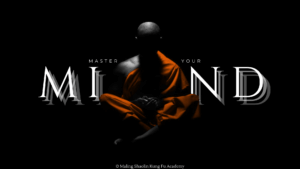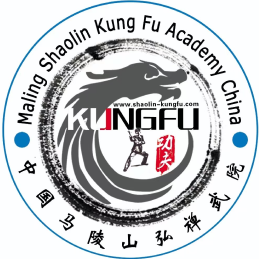Everything You Need To Know About Learning Kung Fu On Your Own

Supplemental Learning
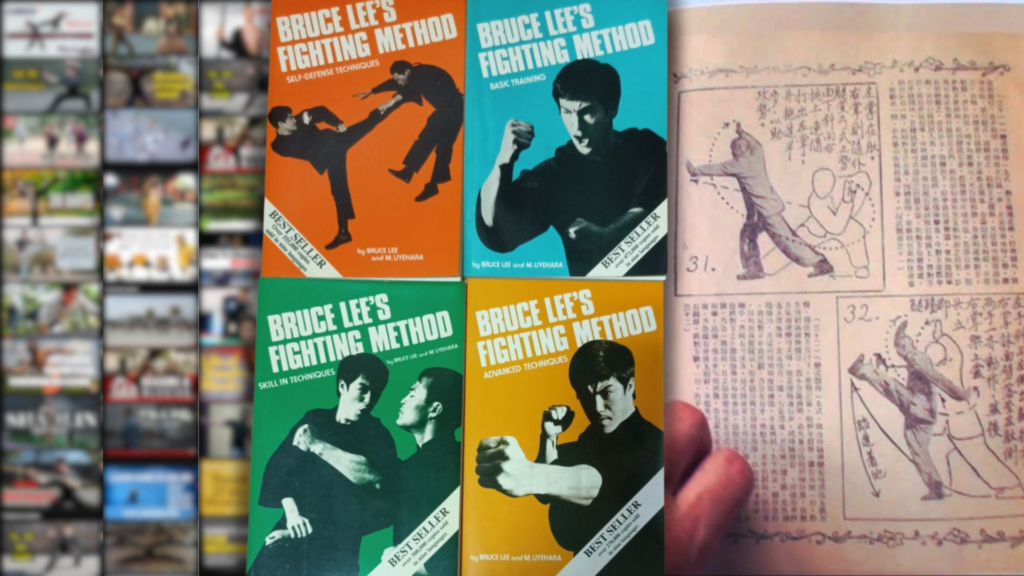
Learning kung fu effectively from online videos or textual materials alone can be challenging, as traditional martial arts training typically requires hands-on instruction, feedback, and guidance from a qualified instructor. While online resources can provide valuable supplementary material and insights into techniques, principles, and forms, they typically lack the interactive and personalized instruction necessary for proper skill development and refinement. Additionally, without direct supervision, students may risk developing incorrect habits, techniques, or postures that could hinder their progress or lead to injury.
However, with careful selection of reputable and experienced instructors, online platforms can offer structured courses, tutorials, and demonstrations that supplement in-person training. Students can benefit from observing demonstrations, studying instructional materials, and practicing techniques in conjunction with regular training sessions under the guidance of a qualified instructor. Furthermore, online resources can provide valuable resources for review, reinforcement, and inspiration outside of class hours.
Ultimately, while online resources can complement traditional martial arts training, they should not serve as a substitute for in-person instruction and hands-on training. To learn kung fu effectively, it is recommended to seek out reputable martial arts schools or qualified instructors who can provide personalized guidance, feedback, and correction to ensure proper technique development, skill progression, and overall safety.
The Shaolin Warrior Basics

That said, one can certainly practice the basics, refine their body movements, and build muscle from the comfort of their home (or local park or gym)! Within the Shaolin Temple, kung fu basics form the foundation of martial arts training and are considered essential for all practitioners, from beginners to advanced students. These basics encompass a range of fundamental techniques, including stances, kicks, punches, blocks, and strikes, which are practiced extensively to develop essential skills, strength, flexibility, and coordination. Here’s a bit about how the warriors in the Shaolin Temple train:
Stances (Bu Fa):
Stances are the building blocks of Shaolin kung fu, providing the necessary foundation for balance, stability, and power generation. Practitioners learn various stances, such as horse stance (Ma Bu 马步), bow stance (Gong Bu 弓步), and cat stance (Xu Bu 虚步), which serve as the starting point for many techniques and movements. Horse stance, in particular, is emphasized for its ability to develop leg strength, endurance, and rootedness, essential for executing powerful techniques and maintaining stability in combat.
Kicks (Tui Fa):
Kicks are integral to Shaolin kung fu, offering practitioners a diverse range of offensive and defensive techniques. Basic kicks, including front kick (Zheng Titui 正踢), side kick (Ce Titui 侧踢), inside kick (Lihe Tui 里合), outside kick (Waibai Tui 外摆) and roundhouse kick (Bian Tui 鞭腿), are practiced extensively to develop leg strength, flexibility, and coordination. Kicking drills focus on proper technique, timing, and accuracy, essential for delivering effective strikes and maintaining balance and control.
Punches (Quan Fa):
Punching techniques in Shaolin kung fu emphasize speed, power, and precision. Basic punches, such as straight punch (Zhi Quan 直拳), uppercut (Gou Quan 勾拳), and hook punch (Bai Quan 摆拳), are practiced in combination with footwork and body mechanics to generate maximum force and impact. Punching drills focus on developing proper alignment, rotation, and timing, essential for delivering rapid and powerful strikes in combat situations.
Blocks and Strikes (Ge Dang & Gongji):
Blocks and strikes are essential components of Shaolin kung fu for both defense and offense. Practitioners learn a variety of blocking techniques, such as inward block (Nei Gedang), outward block (Wai Gedang), and parrying block (Bodang), to deflect and neutralize incoming attacks. Strikes, including palm strike (Zhang Ji), knife-hand strike (Qie Zhang), and elbow strike (Zhou Ji), are practiced for close-quarters combat, emphasizing speed, precision, and follow-through.
Integration and Application (Rong He & Chai Zhao):
Shaolin kung fu basics are integrated into forms (Taolu), partner drills (Duilian), and sparring (Shizhan) to simulate real-world combat scenarios and develop practical skills. Students progress from practicing individual techniques to executing them seamlessly in combination, applying footwork, timing, and strategy to overcome opponents effectively. Through consistent and disciplined training, practitioners internalize kung fu basics, transforming them into instinctive responses and fluid movements in combat.
Practicing At Home
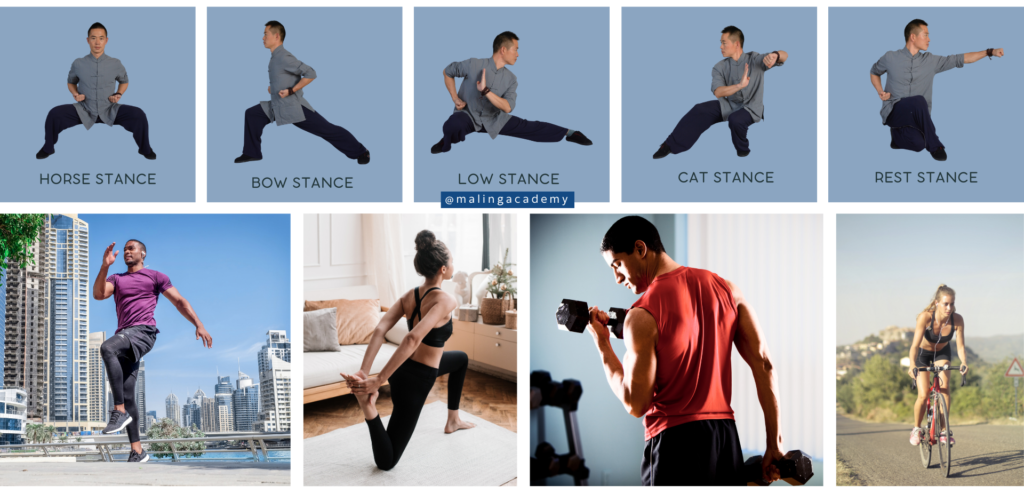
So, while we do not recommend attempting to become a Kung Fu Master from your living room, we do highly recommend conditioning your body and gaining muscle and agility from basic forms and movements so you are ready as can be when you find a master of your own. Here are some at-home exercises we suggest that do not require a partner:
- Work on making a deep, wide horse stance with feet straight in front.
- Work on bow stance, low stance, cat stance, and resting stance.
- Work on kicks: straight, inside, outside, butterfly.
- Work on balance: 1 foot, handstand, ‘yoga poses.’
- Work on splits, back bends, and shoulder flexibility.
- Work on left-handed cart wheels: 2 hands, 1 hand, no hands (aerial).
- Work on your ‘Asian squat.’ Get those heels flat on the ground!
- Exercise! Running, pushups, sit-ups, squats, lunges, jumps, swimming, cycling, dance–really any sport or activity that will get you moving.
If you work on perfecting these, when you do get the chance to join a kung fu school you will likely be leagues above other beginners (and perhaps even some long-term students). By mastering the basics, students develop a strong foundation upon which to build advanced techniques, forms, and fighting strategies. However, mastering these techniques is not required to enroll at a kung fu institution. At Maling Shaolin Kung Fu Academy in particular, all backgrounds and levels of fitness or expertise are welcome! These exercises will simply improve your body condition and help speed along your training should you wish to get a head start.
Check out the basics in our Free Online Training Lessons and/or see our Basic Stances video below! Those with experience can also refresh their knowledge with our Fist and Weapons forms videos.
Happy Training!


